Near
- Aerial & Circus
-
Juggling
-
 Juggling Balls
Juggling Balls 
- Beanbags
- Stage - Contact
- MMX - Soft Shell - Filled with millet seeds
- TT1 - Soft shell - filled with micro spheres
- TTS - Soft Shell - partially filled with micro spheres
- SRX - Soft Shell - Partially filled with qartz sand
- SIL-X - Elastic Shell - Partially filled with Silicone Oil
- SIL-X LIGHT - Soft Shell - Partially filled with silicone oil
- HYBRID - Elastic Shell - Partially filled with millet seeds
- G-FORCE - Rubber bouncing ball
- Spinning balls
- Spare parts for balls
- PLUG&PLAY - Hard, lightweight shell - partially filled with quartz sand
-
 Juggling Clubs
Juggling Clubs 
-
 Juggling Rings
Juggling Rings
-
 Diabolos
Diabolos
-
 Clown noses
Clown noses
-
 Manipulation hats
Manipulation hats
-
 Juggle Board
Juggle Board
-
 Soap bubbles
Soap bubbles
-
 Circus Schools and Juggling courses
Circus Schools and Juggling courses
-
- Fire equipment
- Spinning & Flow
- LED Glow equipment
- Perfect hoops
- Apparel
- Aerial & Circus
-
Juggling
-
 Juggling Balls
Juggling Balls 
- Beanbags
- Stage - Contact
- MMX - Soft Shell - Filled with millet seeds
- TT1 - Soft shell - filled with micro spheres
- TTS - Soft Shell - partially filled with micro spheres
- SRX - Soft Shell - Partially filled with qartz sand
- SIL-X - Elastic Shell - Partially filled with Silicone Oil
- SIL-X LIGHT - Soft Shell - Partially filled with silicone oil
- HYBRID - Elastic Shell - Partially filled with millet seeds
- G-FORCE - Rubber bouncing ball
- Spinning balls
- Spare parts for balls
- PLUG&PLAY - Hard, lightweight shell - partially filled with quartz sand
-
 Juggling Clubs
Juggling Clubs 
-
 Juggling Rings
Juggling Rings
-
 Diabolos
Diabolos
-
 Clown noses
Clown noses
-
 Manipulation hats
Manipulation hats
-
 Juggle Board
Juggle Board
-
 Soap bubbles
Soap bubbles
-
 Circus Schools and Juggling courses
Circus Schools and Juggling courses
-
- Fire equipment
- Spinning & Flow
- LED Glow equipment
- Perfect hoops
- Apparel
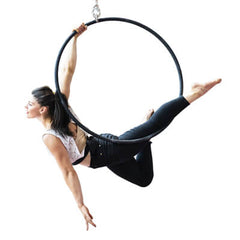 Aerial Disciplines
Aerial Disciplines  Handstand
Handstand
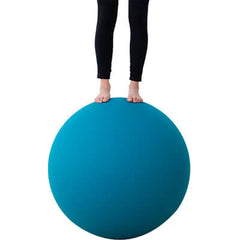 Balance
Balance  Juggling Balls
Juggling Balls  Juggling Clubs
Juggling Clubs  Juggling Rings
Juggling Rings
 Diabolos
Diabolos
 Clown noses
Clown noses
 Manipulation hats
Manipulation hats
 Juggle Board
Juggle Board
 Soap bubbles
Soap bubbles
 Circus Schools and Juggling courses
Circus Schools and Juggling courses
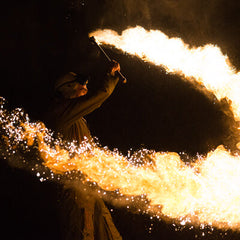 Fire equipment
Fire equipment
 Kevlar® Wicks
Kevlar® Wicks
 Kevlar® Ropes
Kevlar® Ropes
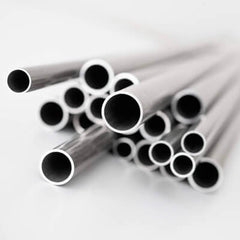 7075 - Tubing for makers
7075 - Tubing for makers
 Technora and Kevlar special ropes
Technora and Kevlar special ropes
 Contact Poi
Contact Poi
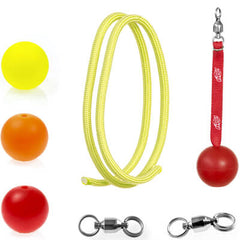 Poi and Flow Arts Components
Poi and Flow Arts Components
 Devilstick
Devilstick
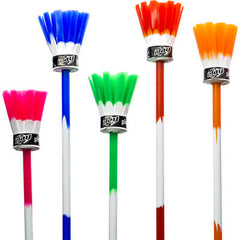 Flowerstick
Flowerstick





































































































































































